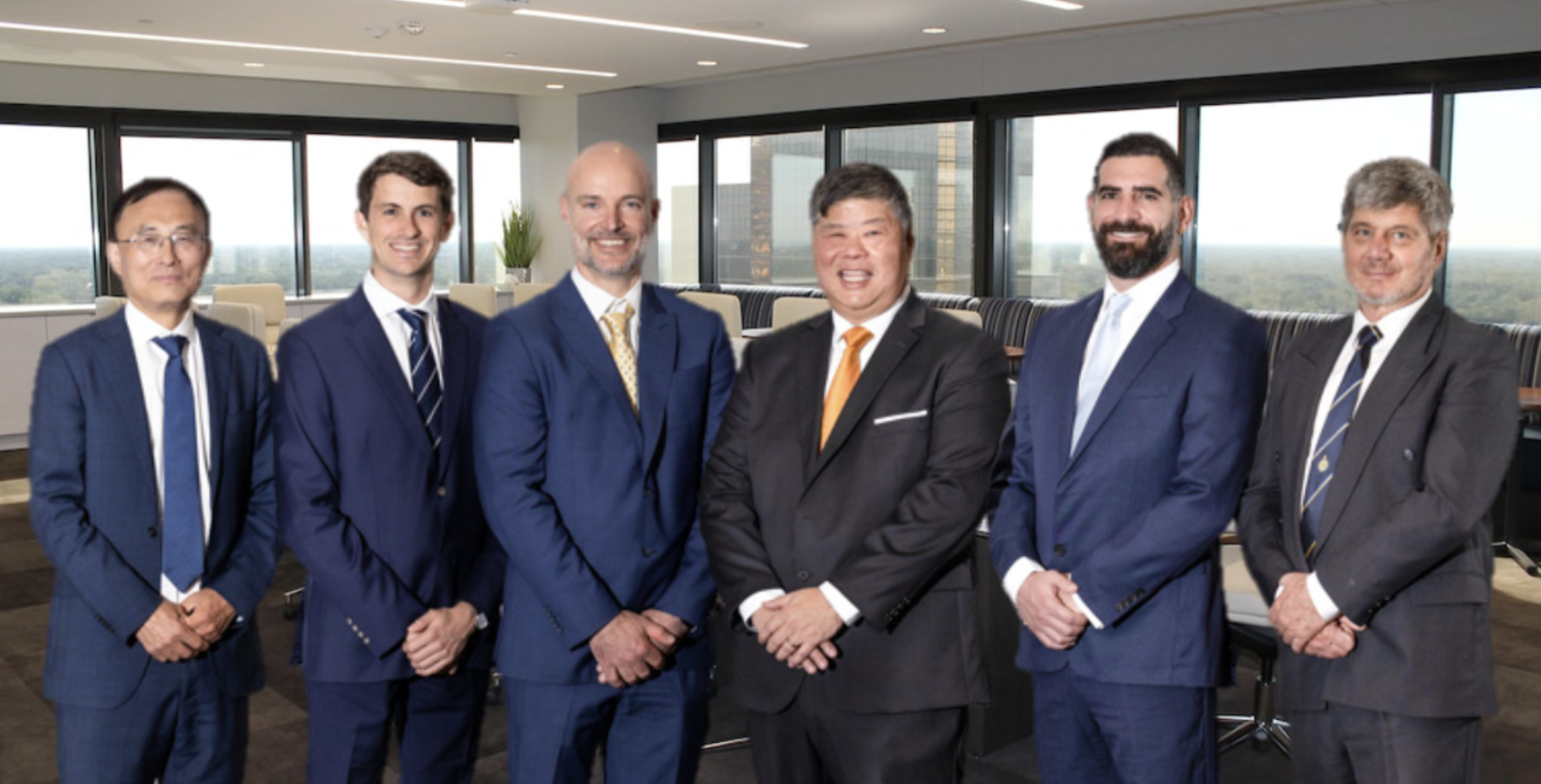Improved Lithium Universe leadership team lays out pit-to-product strategy with James Bay processing hub

Lithium Universe has bolstered its leadership team with the appointment of non-executive director Dr Jingyuan Liu with plans to become a vertically integrated lithium producer in Canada. Pic: via Getty Images
- Newly listed Lithium Universe to pursue vertically integrated mine to battery-grade lithium carbonate strategy
- Broader vision to establish lithium processing hub in the James Bay region
- Hub will allow other juniors to focus on developing their respective mines
Lithium trailblazer Iggy Tan says Lithium Universe will spearhead a strategy of developing a vertically integrated mine to battery-grade lithium carbonate hub in Québec, Canada.
In a letter to shareholders, the former boss at Galaxy Resources reiterated that Canada was taking steps to attract downstream processing of lithium into battery-grade carbonate and hydroxide, instead of exporting spodumene concentrate to other countries, particularly China.
Lithium Universe (ASX:LU7) could not simply unearth lithium deposits, but instead had to ensure its long-term strategy incorporated Canada’s supply chain security concerns, Tan says.
“We must possess the expertise and resources to build and operate a fully integrated lithium processing and downstream facility,” he says.
“This includes an intricate understanding of each stage, from extraction and purification to the final production of battery-grade lithium products.”
Management expertise in place
Lithium Universe bolstered its leadership team today with the appointment of non-executive director Dr Jingyuan Liu, described by LU7 management as a distinguished technical expert in the lithium industry.
Liu previously served as GM development and technologies with Galaxy Resources and has particular experience with Galaxy’s Jiangsu lithium carbonate plant. His expertise will be integral to LU7’s plans to establish a lithium processing hub in Québec’s James Bay.
Liu also played a significant role during designing the flow sheet for Allkem’s Sal de Vida brine project in Argentina and acted as a special advisor to lithium carbonate and lithium hydroxide projects around the world, including Tianqi’s lithium hydroxide plant in Kwinana, Western Australia.
“Dr Liu is well known in the lithium industry as the “go to expert” in the lithium carbonate or lithium hydroxide technology,” Tan said.
“With his expertise in operating the Jiangsu Lithium Carbonate Plant and being my right-hand man during our time at Galaxy, LU7 is fortunate to have such a critical lithium professional on the board,” he said.
Liu’s appointment follows the consistent trajectory Tan has been painting for the company when he brought together key members of the Galaxy Resources team which developed the Mt Cattlin spodumene mine and the downstream Jiangsu lithium carbonate project in China – well before lithium even became part of the popular vernacular.
Notable personnel brought on board before Liu also include Patrick Scallan, who successfully managed the world-class Greenbushes Mine for over 25 years, Terry Stark – the previous general manager of operations for both Mt Cattlin and James Bay, and Mt Cattlin plant manager Roger Pover.
Others are Huy Nguyen, known for his expertise in the design and construction of the Mt Cattlin mine and John Loxton, who was involved in the construction of the Jiangsu plant for Hatch Engineering. Loxton, like Liu, was also involved in the commissioning of the Tianqi lithium hydroxide plant in Kwinana, Western Australia.

The broader vision: a James Bay Hub
While LU7 already has the team with the right mix of skills and experience in place, building a vertically integrated project is just the beginning.
“As part of this vertically integrated strategy, I have a broader vision to promote collaborative growth among lithium junior exploration companies operating in the James Bay area and position Canada as a major supplier of lithium to the global market,” Tan outlined.
“In pursuit of this goal, we will now consider the possibility of establishing the Québec Lithium Processing Hub (QLPH) in James Bay, Québec, Canada.
“It is envisaged that the QLPH will consist of a multi-purpose independent concentrator (QLPH Concentrator) with a processing capacity of 1 million metric tonnes per annum (Mtpa), which will supply a battery-grade lithium carbonate refinery (QLPH Lithium Carbonate Refinery) capable of producing 16,000 tons per annum (tpa).
“The QLPH should be ideally located along the Trans Taiga Highway in the James Bay district.”
He added that by taking responsibility for the concentration and downstream processing likely required by the Canadian Government, the hub will allow other junior companies to focus on developing their mines.
Lithium Universe itself will carry out comprehensive drilling of its 80%-owned Apollo project for resource development.
Should this result in the successful development of a mine, run-of-mine ore from Apollo will form part of the spodumene ROM ore mix feeding the QLPH Concentrator.
Additionally, the company may consider entering into long-term off-take ROM contracts with regional lithium junior partners, who could supply spodumene ROM ore.
Field work – including soil sampling – is already underway across the project.
Future activity
Tan noted that the next stage of its vision was to consider some early-stage engineering studies on the feasibility of the proposed QLPH concentrator that might supply the QLPH lithium carbonate refinery capable of producing 16,000tpa in James Bay.
“As part of the preliminary studies, a suitable hub location needs to be identified along the Trans-Taiga Highway to provide access to LG-4 hydropower, water supply, airport, and highway,” he concluded.
This article was developed in collaboration with Lithium Universe, a Stockhead advertiser at the time of publishing.
This article does not constitute financial product advice. You should consider obtaining independent advice before making any financial decisions.
Related Topics

SUBSCRIBE
Get the latest breaking news and stocks straight to your inbox.
It's free. Unsubscribe whenever you want.
By proceeding, you confirm you understand that we handle personal information in accordance with our Privacy Policy.








